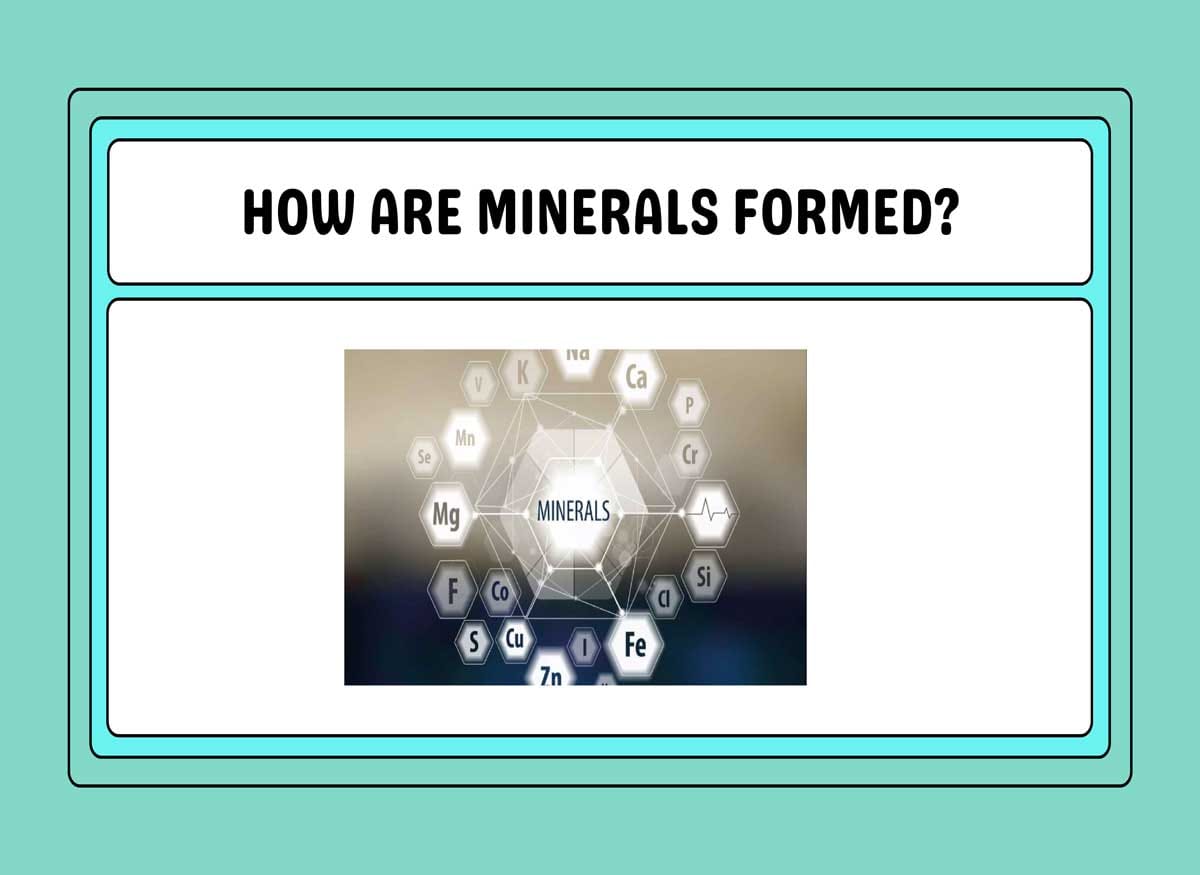The process of cavity filling has given rise to a vast number of mineral deposits of diverse sizes and forms, yielding a remarkable assemblage of metals and mineral products.
Mineral deposits formed by cavity filling process:
The mineral deposits resulting from cavity filling may be grouped as below:
- Fissure vein
- Shear zone deposits
- Stockworks
- Saddle reefs
- Ladder veins
- Pitches and flats(fold cracks)
- Breccia filling deposits
- Solution cavity filling
- Pore-space fillings
- Vesicular fillings
Description of each type of mineral deposit:
Fissure veins:
A fissure vein is a tabular ore body that occupies one or more fissures. It is the most crucial cavity filling deposit, yielding various minerals and metals. Fissures may be formed by stresses operating within the earth’s crust and may be enlarged during mineralization by the intrusive force of hydrothermal solution.
Types of Fissure veins:
They are as follows:
- Simple
- Composite
- Linked
- Sheeted
- Dialated and
- Chambered.
Simple Fissure vein:
It occupies a single fissure whose walls are relatively straight and parallel.
A composite vein:
It is a large fracture zone(many tens of feet in width) with connecting diagonals. The Comstock vein of Nevada, USA, is an example.
Linked vein:
A linked vein is formed if diagonal veinlets link individual fractures.
Sheeted vein:
It is a group of closely spaced and parallel fractures filled with mineral matter and separated by layers of barren rock.
Dialated/lenticular veins:
They are disconnected echelon lenses in schists. They are thought to be caused by the bulging of schistose rocks due to pressure transmitted by the hydrothermal solution. Some are due to the pulling apart of a pre-existing vein during later metamorphism of the enclosing rock.
Chambered vein:
Where the walls of the fissures are irregular and brecciated, it is often called a chambered vein.
Shear-zone deposits:
A shear zone is an excellent channel-ways for mineralizing solution and deposition of minerals within the seams and crevices in the form of refined grains or thin plates of minerals. For example, gold with pyrite forms workable deposits at Otago, New Zealand. Ores of copper(Chalcopyrite) form workable deposits at Singhbhum, Jharkhand, India.
Stockworks:
A stockwork is an interlacing network of small ore-bearing veinlets traversing a rock mass. The individual veinlets rarely exceed an inch or so in width or a few feet in length. The entire rock mass is mined. In general, the veinlets exhibit comb structure and crustification. Stockworks yield tin, gold, silver, copper, molybdenum, cobalt, lead, zinc, mercury and asbestos.
Saddle Reefs:
When a stack of alternating beds of competent and incompetent rocks(e.g., quartzite and slate) are folded, openings are formed at the crest. If ore bodies fill these openings, they are called saddle reefs. The saddle reefs(gold) of Bendigo, Australia, are the type examples.
Ladder veins:
Ladder vein is the name applied to more or less regularly spaced, short, transverse fractures in dykes. The fractures generally extend roughly parallel to each other, from wall to wall of the dyke. Such openings may be filled with mineral matter to form mineral deposits. The morning star gold-bearing dike in Victoria, Australia, is the type of example.
Pitches and flats (Synclinal fold cracks):
Due to the gentle, open folding of brittle sediment rocks, synclinal and anticlinal tension cracks are formed. Synclinal tension cracks are called pitches and flats. These openings occur in the upper Mississippi Valley in the dolomite limestone and are filled with zinc and lead ores.
Breccia-filling mineral deposits:
The haphazard arrangement of the angular rock fragments in the breccia gives rise to numerous openings. Breccias may result from volcanism, collapse, or shattering. The breccia openings may permit solutions entry, and mineral deposits may form, giving rise to breccia-filling deposits.
Examples
- Volcanic breccia mineral deposits:
The volcanic pipes are vertical or highly inclined, roughly oval-shaped, and are filled by breccias. They are ideal channelways for mineralizing solutions and ore deposition. For example, Bull Domingo gold-bearing volcanic breccia pipe is in schist, near Lake City, Colorado, USA.
- Collapse breccia mineral deposits:
The roof of a solution opening in limestone may collapse due to subsidence and form collapse breccias. These act as channelways for mineralizing solutions to give rise to ore deposits.
- Tectonic breccia mineral deposits:
Breccias produced by folding, faulting, intrusion, or other tectonic forces are called tectonic breccias. If ore deposits fill the openings in the tectonic breccias, they are termed tectonic breccia mineral deposits. The zinc ore bodies at Mascot, USA, are examples of tectonic breccia deposits.
Solution cavity fillings(cave deposits):
Various types of solution openings in soluble rocks have afforded receptacles for primary and secondary mineral deposits. They occur most commonly in limestone at shallow depths.
Pore-space fillings:
Pore spaces in rocks may contain ores, oil, gas, and water. For example, copper ores occur in sandstone pores(2% Cu)
Vesicular fillings:
Permeable vesicular lava tops may serve as channelways for mineralizing solutions. For example, cysts in basalts may be filled with native copper.






